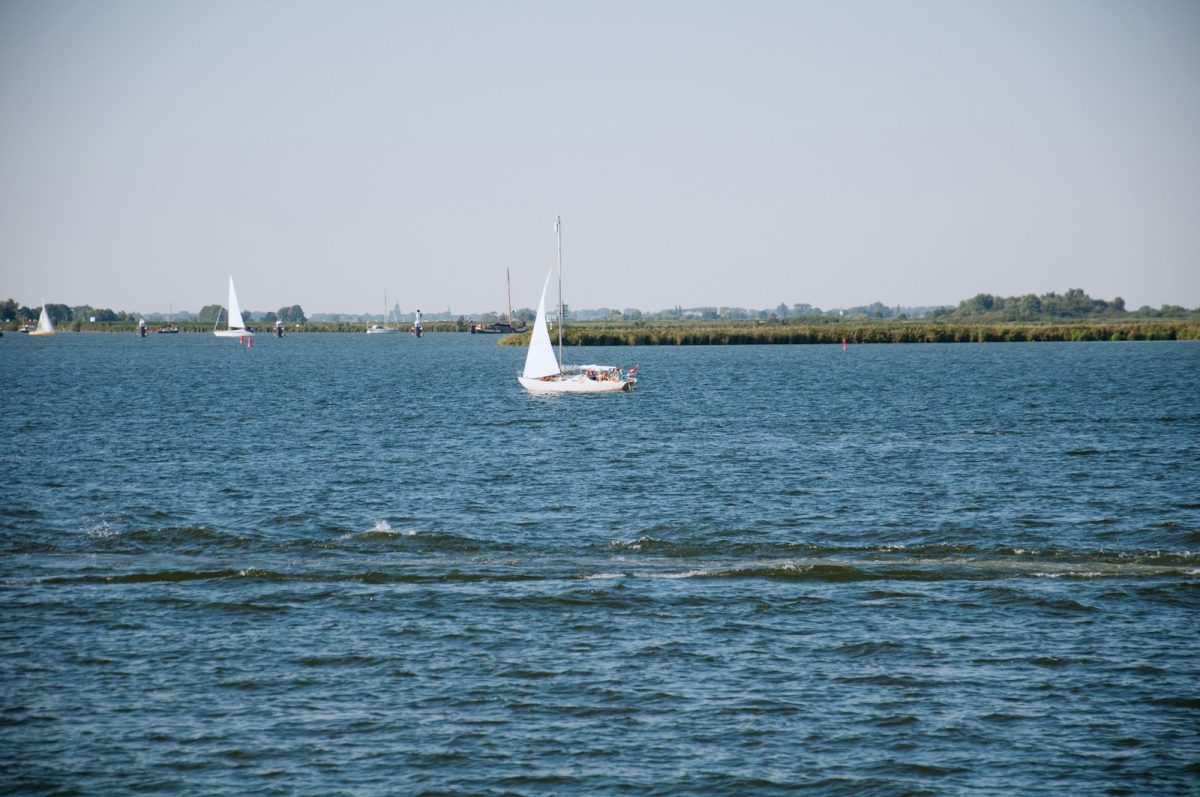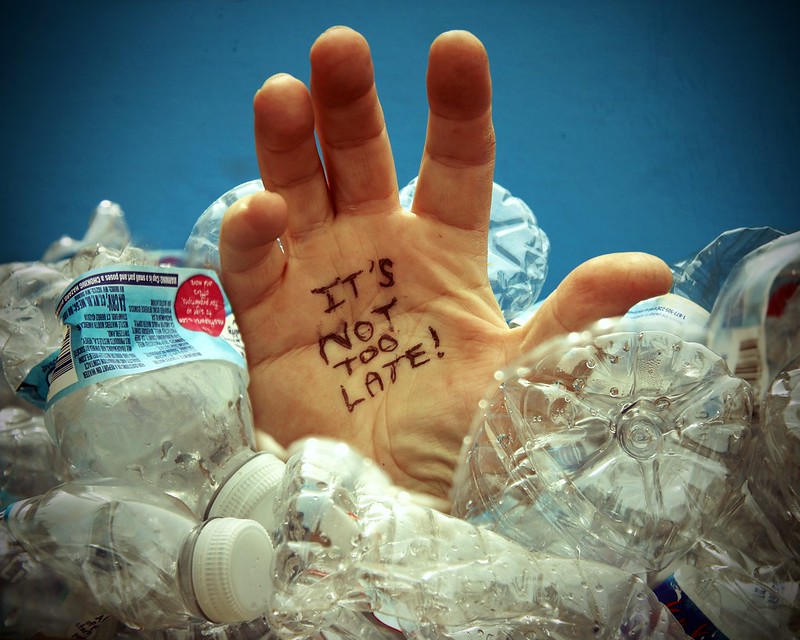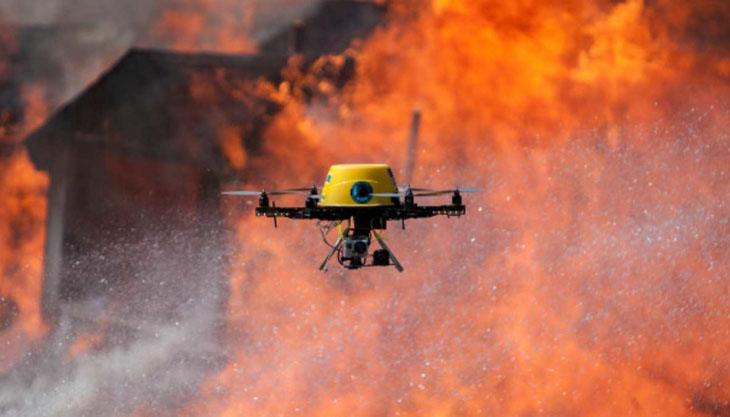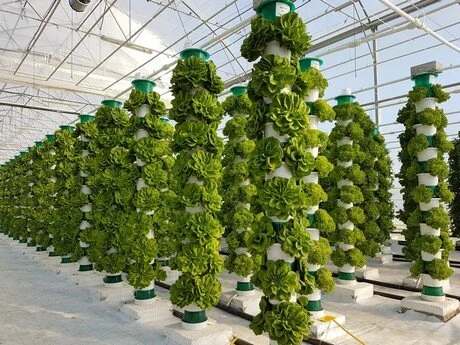The Chesapeake Bay is the largest in the United States, stretching roughly 200 miles from the Susquehanna River in Pennsylvania down to the Atlantic Ocean, and its watershed drains land in six states plus the District of Columbia. Because the Bay connects land, rivers, and ocean, it has long been a critical resource for both people and nature. But over time, human activity and environmental change have damaged its health. In this article we will explain how the Chesapeake Bay has affected society and the environment in the past, how it may affect us in the future, and what steps are being taken and could be taken to repair the damage.
In the past, the Chesapeake Bay has supported thriving fisheries, transportation, settlement, Oyster reefs, underwater grasses, stabilized shorelines, supported fish and other underwater animals. The Bay enabled trade and fishing communities from colonial times to modern days, providing jobs and food. Over time, the increasing human population, farmland expansion, urban development, and deforestation led to more nutrients and sediment flowing into the Bay, causing algal blooms and loss of water quality. Also, the over harvesting especially of oysters and blue crabs reduced and weakened the Bay’s resilience. The decline of fish vegetation and wetlands meant that fewer nutrients were absorbed before reaching open water, and caused “dead zones” which formed in deep areas, harming fish and other aquatic life.
Looking ahead, climate change and sea level rise will intensify many stresses on the Bay’s system. Warmer waters hold less dissolved oxygen, increasing the size or intensity of “dead zones.” Sea level rise, which in the Bay region is already proceeding faster than the global average and threatens to drown wetlands and push saltwater further upstream, affecting freshwater ecosystems and drinking water sources. Models suggest that by the end of this century, sea level could rise 0.7 to 1.6 meters in the region, which would cause coastal flooding, reduced submerged vegetation like eel grass, and changes in shellfish and fish population. These changes would not only harm the ecosystem but also affect coastal communities, fisheries, recreational tourism, and property values. In fact, in 2025 the Bay’s health grade fell to a C due in part to extreme rainfall flushing more pollutants into the water and stressing ecosystems which meant widespread algal blooms and damaged habitats.
How can we repair the damage? Although the challenges are hard, there are many restoration strategies being implemented and scaled up today. For example, Maryland and Virginia have made major advances restoring oyster reefs. By mid‑2025 over 2,294 acres of reefs were restored across the Chesapeake Bay, meeting long‑term goals. Oysters filter water and help reduce nutrients and sediments, restoring a natural “cleaning” function. States are also planting stream side tree buffers, restoring wetlands, improving storm water systems, promoting conservation farming practices such as cover crops, and upgrading wastewater treatment plants to reduce nutrient discharge. In 2025 Maryland funded $29 million toward ecological restoration projects across 160 sites to improve water quality and habitat. Large private and public investments are also being made, committing over $340 million to reduce sediment pollution, which is a major contributor of sediment to the Bay, But many experts argue that the current regulatory system must be strengthened.
In conclusion, the Chesapeake Bay has been a foundation for human communities and natural systems for centuries, but centuries of development and environmental pressures have weakened it. Looking forward, climate change and sea level rise threaten to amplify existing problems and impose new ones. Yet the Bay is not beyond repair. Oyster restoration, wetland and buffer planting, pollution reduction measures, and strategic investment are making good progress. Moving forward, success will depend on stronger policies and cooperation across states and communities. As students, engineers, and citizens, understanding the challenges and contributing toward solutions even at a local scale is one way we can help preserve the Bay for future generations.
Works Cited
AP News. (2025, June 10). Chesapeake Bay health grade dips after hottest year on record and extreme rainfall patterns. https://apnews.com/article/832b631dbdb5c18f99682d0ffe74185a
Environmental Law Institute. (2024, June 13). Chesapeake Bay: A new approach for restoration. https://www.eli.org/vibrant-environment-blog/chesapeake-bay-new-approach-restoration
Maryland Department of Natural Resources. (2025, April 3). The Maryland Department of Natural Resources continues restoration efforts of Chesapeake Bay.https://www.wmdt.com/2025/04/the-maryland-department-of-natural-resources-continues-restoration-efforts-of-chesapeake-bay/
Maryland.gov. (2025, July 8). Chesapeake and Atlantic Coastal Bays Trust Fund provides $29 million for ecological restoration projects. https://news.maryland.gov/dnr/2025/07/08/chesapeake-and-atlantic-coastal-bays-trust-fund-provides-29-million-for-ecological-restoration-projects/
National Fish and Wildlife Foundation. (2024, March 27). Chesapeake Bay Watershed to benefit from $35 million in watershed restoration grants. https://www.nfwf.org/media-center/press-releases/chesapeake-bay-watershed-benefit-35-million-watershed-restoration-grants
Southern Maryland Chronicle. (2025, July 26). Chesapeake Bay oyster restoration hits major milestone. https://southernmarylandchronicle.com/2025/07/26/chesapeake-bay-oyster-restoration-hits-major-milestone/
U.S. Geological Survey. (2025). EESC makes an impact: Restoring the Chesapeake Bay watershed. https://www.usgs.gov/centers/eesc/science/eesc-makes-impact-restoring-chesapeake-bay-watershed
U.S. Geological Survey. Sea-level rise and Chesapeake Bay. https://www.usgs.gov/centers/chesapeake-bay-activities/science/sea-level-rise-and-chesapeake-bay
U.S. Department of the Interior. (2009). Climate change on the Chesapeake Bay: Hearing documents. https://www.doi.gov/ocl/hearings/111/ClimateChangeOnChesapeake_062309
U.S. Department of Agriculture Forest Service Research. (2010). Potential climate‑change impacts on the Chesapeake Bay. https://research.fs.usda.gov/treesearch/39711
NOAA Fisheries. (n.d.). Chesapeake Bay. https://www.fisheries.noaa.gov/topic/chesapeake-bay

















